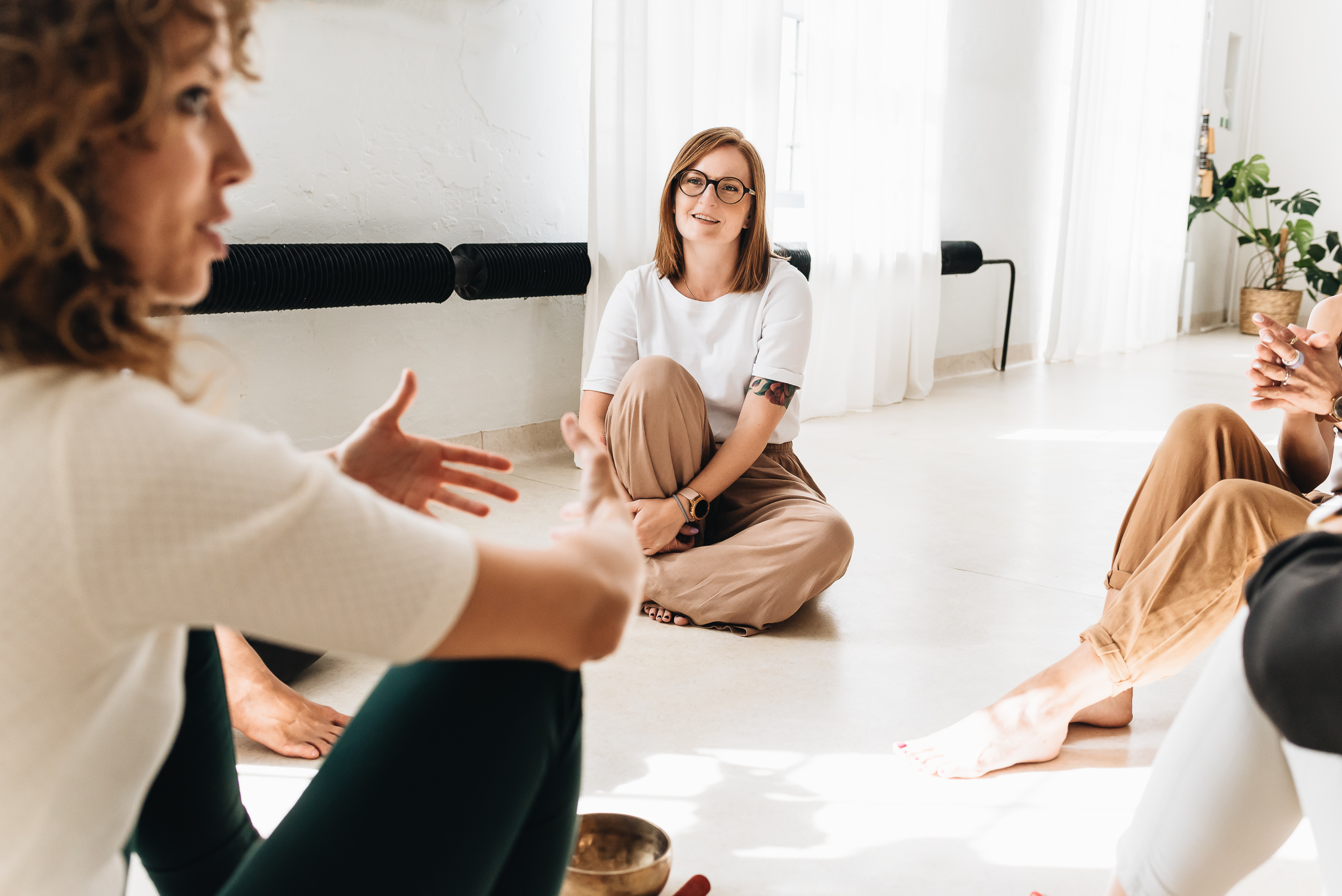Mindfulness Unwrapped: A Beginner’s Guide to Mindfulness

Let’s start with a question: Have you ever dreamed about shutting off your thoughts for a moment? To simply give that constantly working and analysing mind a break?
I don’t know about you, but it’s a regular occurrence for me, and I’m well aware that it can easily throw someone out of balance. If you were hoping I’d provide an easy solution for that, I’m going to disappoint you. You can’t really turn off your thoughts, much like you can’t stop yourself from breathing. The mind is designed to produce thoughts, and that’s not a big deal. The real trouble starts when this thought factory goes into overdrive, especially in today’s fast-paced world. It’s all thanks to the constant info flow and never-ending stimuli from all corners.
In my life, I’ve tried all sorts of strategies to ‘deal’ with thought overload, but most of them turned out to be about as effective as trying to force my 5-year-old to go to bed at 8 p.m. So, I’ve experimented with various approaches, such as:
- Suppression (result: I’ve basically become an expert on all migraine medication combos).
- Overworking (result: ended up taking a 6-month sick leave due to burnout).
- Accumulation (result: I used to see my osteopath more often than some of my BFFs).
As you can tell from the picture, the body proves to be much wiser than the mind, and fooling it isn’t that simple, as we’d like.
What do you mean, inner calm?
Luckily, as I entered my fabulous thirties, I stumbled upon a technique of working with the mind that eventually clicked for me. The more I practiced it, the easier it became to navigate daily challenges and reach a state of inner calm more frequently. And so, mindfulness – that’s what we’re talking about here – became a permanent part of my routine, enchanting me so much that I decided to dedicate a few years to studying it. But let’s pause here; today’s post is not about that. It’s more about what mindfulness really is.
The success story
Mindfulness traces its origins back to the Buddhist tradition and has predominantly been cultivated in Asia for millennia. It was introduced to the West in the late ’70s by Prof. Jon Kabat-Zinn – a biologist and Buddhist practitioner dedicated to understanding the human brain. He crafted an innovative and entirely secular 8-week stress management program known as the Mindfulness-Based Stress Reduction method (MBSR). Initially designed for individuals suffering from severe health challenges, ranging from chronic pain to cancer and PTSD, the MBSR course has gradually transformed. It is now accessible to anyone seeking to lower stress, quiet their minds, and enhance focus. The program includes various formal and informal practices, and what I personally appreciate most about it is its approachability and practicality. Since its inception, tens of thousands of participants have engaged in the program, particularly in the United States and Europe. Additionally, almost seven thousand studies have been conducted to confirm its positive effects.
On mindfulness
So, what’s mindfulness, really? It’s about tuning into the present experience without trying to judge or change anything – just being here and now. Sounds a bit mysterious, right? And what if I ask you what you’re feeling at this very moment?
- Would you be able to detect all these subtle cues from your body that might hint it’s time to stand up from your desk and stretch before back pain becomes unbearable?
- What if you took a moment to reflect on why children’s screams bother you so much today? Perhaps you’d find out that your energy tank is completely empty and requires a refill?
- How about that sense of being drawn into a stream of thoughts? As if there’s no escape – one thought leads to another, and so on, in an endless loop. Do you experience that?
Mindfulness practice is a technique that shows us how, with a bit more awareness, we can spot early signs from our body and avoid a painful crash with the wall. It also teaches us how to steer our attention more effectively – transitioning us from being a mere passenger to taking charge and deciding where our focus should land. Our minds, with their tendency to lean towards negativity, get attached to the good stuff, and love sorting things into mental boxes, can feel like a prison for many of us. The good news is that most of these habits can be unlearned. As one of my favourite mindfulness teachers, Sharon Salzberg, says, ‘Mindfulness isn’t difficult. We just need to remember to do it.’ And there are so many opportunities to practice on a daily basis! It can be done while sitting, lying down, washing dishes, strolling with the dog, or chatting with a kid. No need for special pillows, fancy robes, or extraordinary mental capacity. It’s enough to have a goal and a bit of motivation, and I can tell you, my Friend – it will pay off! Do you want to know how?
Stay tuned for another article, coming your way soon because the topic of benefits of the mindfulness practice is extensive and, oh man, so delightful!
Do you have questions, doubts, or is something unclear? Leave me a comment and talk to you soon.

